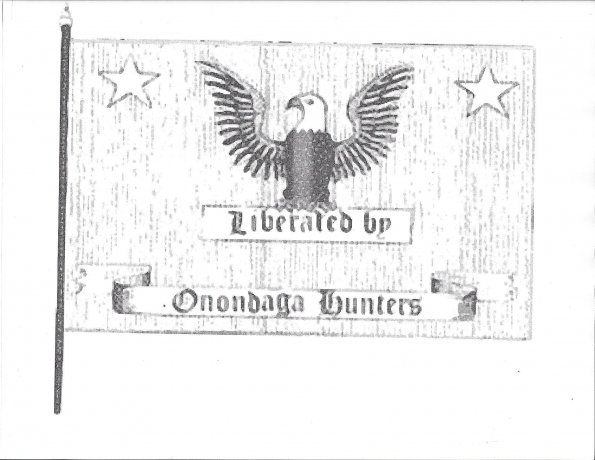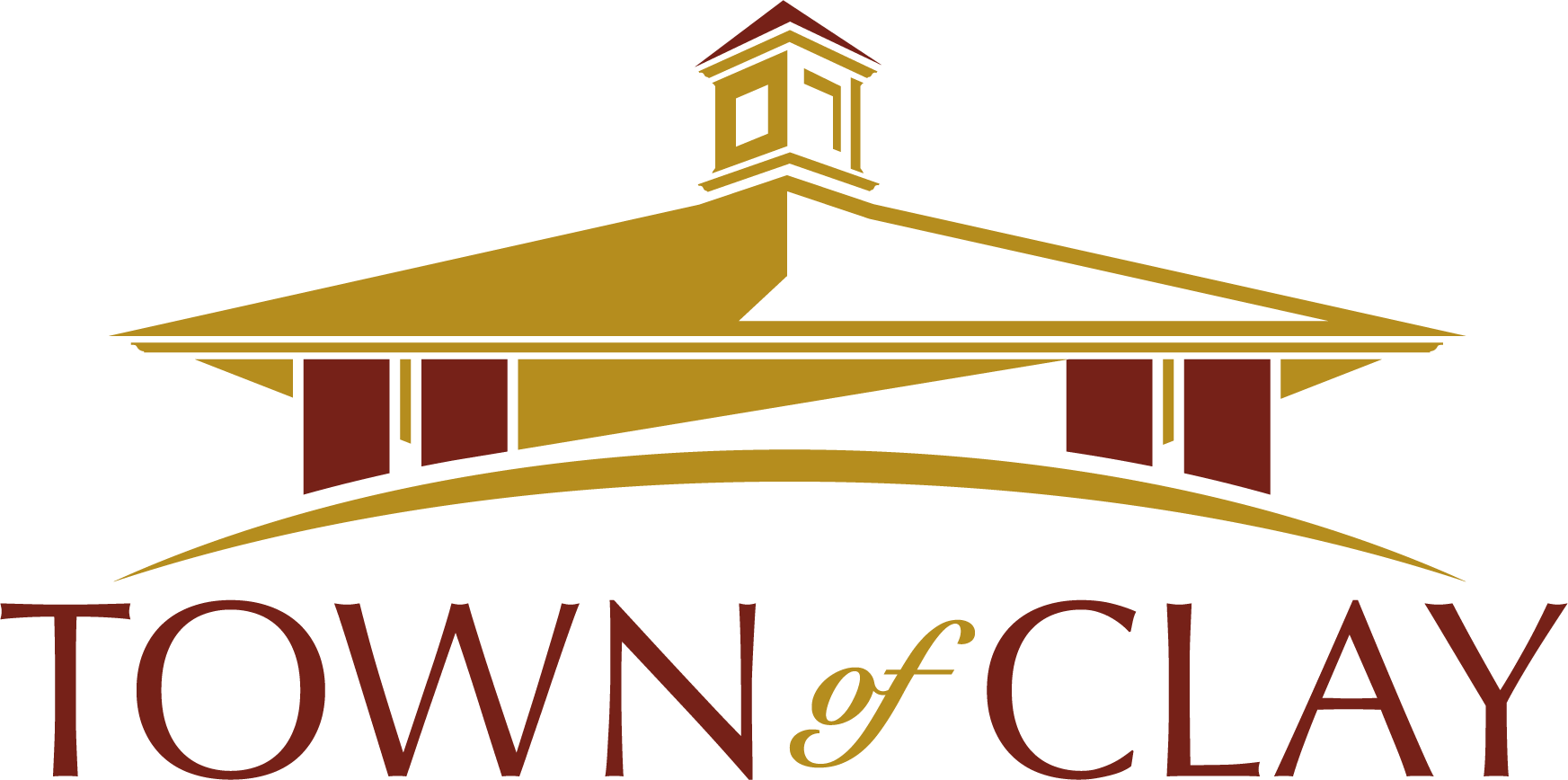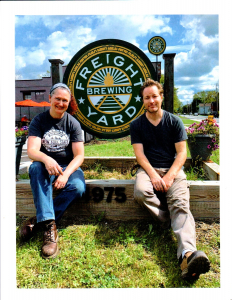Hiram Sharp - Part IIPosted on August 26, 2014 |
Image

|
Hiram Sharp – Part II - Battle of the Windmill*
In 1837 – 1838, Canada was close to revolution as the parliamentary regime no longer functioned. The Patriots pushed for democracy and independence from Britain. Though they failed in rebellious acts in January along the Detroit River and again in February at Bois Blanc Island in Canada, they were still confident that Canada would become a “free and independent nation.” When the Patriots burned the Canadian steamer, SIR ROBERT PEEL, at Wells Island, Lieutenant Governor George Arthur, was outraged but calm. Loyal inhabitants demanded revenge. Two of the rebel leaders, Samuel Lount and Peter Matthews, were executed for treason to quiet agitation. However, this only provoked the Patriots to further attacks. Arthur set out to capture them as prisoners of war. But a state of war did not exist, so they could not be tried, but were simply called “pirates”. Those who were captured, and foreigners by birth, could not be prosecuted as traitors, because they owed no allegiance to the British Crown. During the summer of 1838, the Patriots made extensive plans to again invade Canada. Meanwhile defensive actions were being taken on the Canadian side to “quiet this agitation” as the secret plans were known. Upper Canada government was ready to take action to maintain the supremacy of their laws and take action against the aggressors. It was at this point that Hiram Sharp and 32 others from Salina, Clay, Liverpool, Lysander and one from Schroepple joined the Onondaga Hunters. At a secretive convention in September at Cleveland, Ohio, two large Patriot army divisions were conceived. The plan was that in early November they would begin liberating Canada with an invasion at Prescott. By capturing Fort Wellington in upper St. Lawrence River area, they could cut off lower Canada and overthrow British power in both providences. Their confidence of victory was based on information from a spy employed by the Hunters, who said that the majority of Canadians were ready to rebel and would join with the Patriots as soon as they gained a foothold in Canada. One of the leaders was Nils Szolytevki Von Schoultz, a Swedish national with a checkered past who eventually settled in Salina. The steamer “United States” landed in Sackets Harbor on Sunday, November 11 with 150 Patriots, which he boarded. The final stop at Millen’s Bay was to tow two schooners – “Charlotte of Oswego” and “Charlotte of Toronto” down river (with about 200 hidden volunteers and a store of arms). Bill Johnson took command of the “Oswego” as Commodore of the Patriots’ non-existent fleet. The plan was that when the schooners were set loose near Prescott, they would drift to the Wharf and make a surprise attack on Fort Wellington. However, in the early hours of November 12, a customs inspector raised an alarm when he spotted them. The “Charlotte of Oswego” went aground and the “Charlotte of Toronto” landed on the Canadian side below Prescott. High on a bluff opposite Ogdensburg sat a 60-foot tall stone windmill and this would be the Patriots’ stronghold. They fortified it with three pieces of cannon, provisions, arms and ammunition from the ”Charlotte of Oswego.” Word of the invasion quickly spread along the St. Lawrence River. By Tuesday, the 13th, the Brockville militia hurried to the windmill. They were joined by British Royal Marines, Glengary Highlanders, Dundas militia and three armed steamers. The Patriot sentinels at the top of the windmill could see approaching them 2000 British and Canadian militia and at their backs the three armed steamers. Thirteen patriots were taken prisoner because they were unable to get back to safety when chasing the retreating Loyalists. Thirteen Loyalists were killed by the sharpshooters from the tower. But nothing would penetrate the thick walls of the windmill. The Patriots were secure but their survival depended on supplies and reinforcements. However this U. S. invasion failed to raise a single Canadian follower. On the 16th, additional troops and heavy munitions arrived from Kingston to aid the Loyalists. Although the windmill received very little damage from the bombardment by the Loyalists, the Patriots were low on ammunition and reduced to firing hinges, hardware and gun parts from their cannons. With the windmill filling with smoke and seeing no way out, the Patriots raised a white flag between the sail arms of the windmill. The surrender of Hiram and the remaining Onondaga Hunters occurred at 5:30 p.m.
To be continued…
*Additional research information from Terrance Patterson, M.A., B.Ed.J.P. from Australia.
Dorothy Heller, Historian
Other
Remember Clay Stories
The Mystery of Charles Morgan Continues
Remembering Clay | Oct 12, 2016
REMEMBERING CLAY
The Mystery of Charles Morgan Continues

Side Track Farmer's Market
Remembering Clay | Aug 26, 2016
REMEMBERING CLAY
Side Track Farmer's Market
African-American Settlers
Remembering Clay | Sep 24, 2018
REMEMBERIING CLAY
African-American Settlers*

